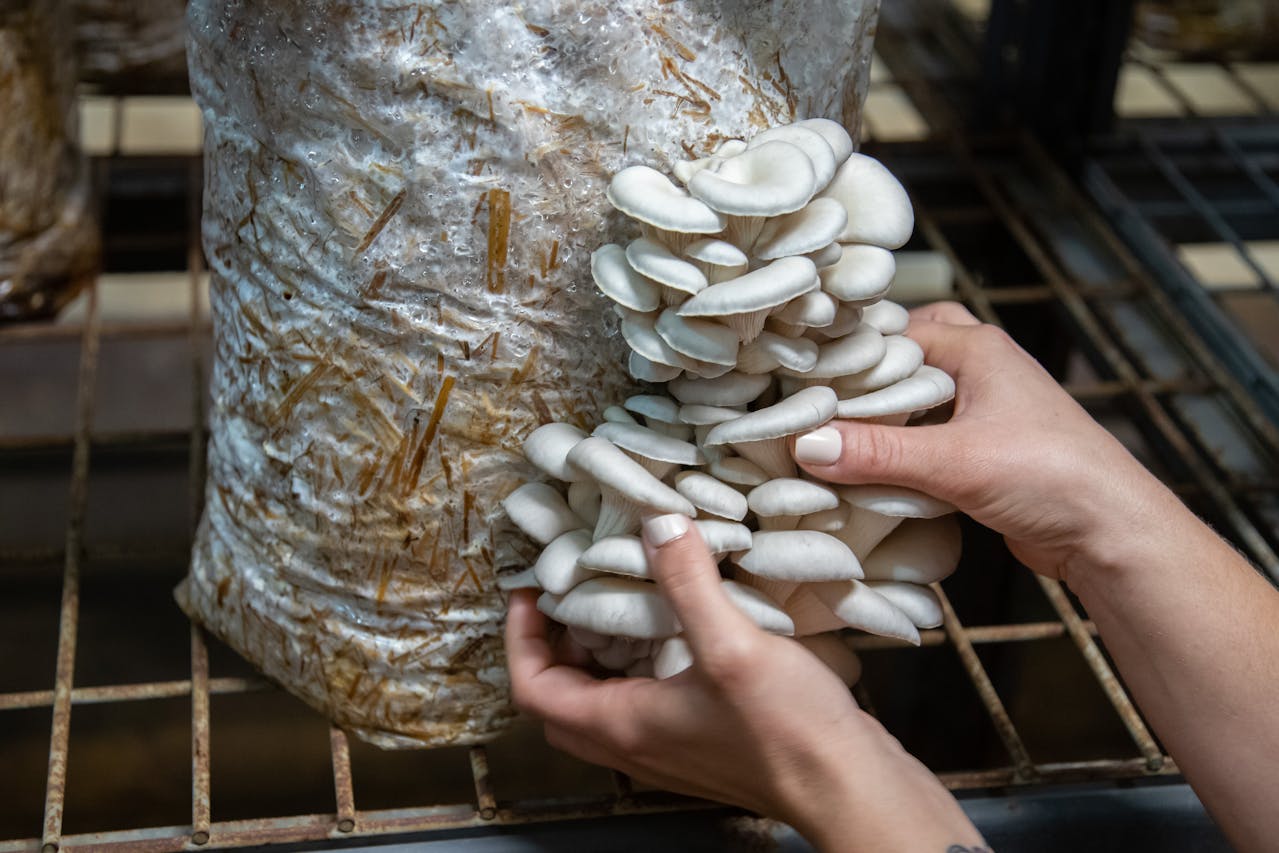What is Mushroom Farming?
Mushroom farming involves the cultivation of edible fungi for commercial purposes. It is an agricultural business where mushrooms like button mushrooms, oyster mushrooms, shiitake mushrooms, or others are grown under controlled conditions. Mushroom farming is popular due to its relatively low investment, quick returns, and high demand in the food industry, pharmaceutical sector, and dietary supplements.
How to Start a Mushroom Farming Business
1. Learn About Mushroom Cultivation
- Types of Mushrooms: Choose the type you want to grow (e.g., button, oyster, shiitake, or medicinal mushrooms like reishi).
- Cultivation Process: Study methods of growing mushrooms, including spawn preparation, substrate preparation, and environmental control.
- Market Research: Understand the demand for mushrooms in your area and potential buyers like supermarkets, restaurants, or direct consumers.
2. Develop a Business Plan
- Budget: Estimate your initial investment, operating costs, and expected income.
- Target Market: Identify your customers (retail, wholesale, or direct sales).
- Production Scale: Decide whether you’ll start small or go for large-scale production.
3. Select a Suitable Location
- Space Requirements: You can start mushroom farming in small spaces like a shed, basement, or even a spare room.
- Environmental Conditions: Ensure proper temperature, humidity, and ventilation control for the type of mushroom you grow.
- Accessibility: The location should be accessible for the supply of raw materials and delivery of mushrooms.
4. Set Up the Farm
- Grow Room: Build a clean and insulated room to prevent contamination and maintain the ideal growing environment.
- Equipment: Procure shelves, racks, humidity and temperature control devices, and sterilization tools.
- Substrate Preparation: Prepare a growing medium such as straw, sawdust, or compost depending on the type of mushroom.
5. Source Quality Spawn
- Purchase spawn (mushroom seeds) from a reliable supplier or learn to prepare your own. High-quality spawn ensures a healthy and productive crop.
6. Start Cultivation
- Inoculation: Introduce spawn to the prepared substrate under sterile conditions.
- Incubation: Place the inoculated substrate in a dark and warm area for mycelium growth.
- Fruiting: Transfer the substrate to the grow room, where proper light, humidity, and temperature stimulate mushroom growth.
7. Harvest and Market
- Harvesting: Mushrooms are usually ready for harvest within a few weeks. Handle them carefully to maintain quality.
- Packaging: Use breathable containers to package mushrooms and preserve freshness.
- Marketing: Sell through local markets, online platforms, or directly to customers.
Initial Costs
The cost of starting a mushroom farm varies based on the scale:
- Small Scale: $500–$2,000 (basic setup and minimal production).
- Large Scale: $10,000–$50,000 (automated equipment and larger grow areas).
Advantages
- Low investment compared to other crops.
- Quick growth cycles (2-3 months).
- High demand in various industries.
- Requires less space.
Challenges
- Sensitive to contamination.
- Requires specific environmental conditions.
- Perishable product needing efficient supply chain.
